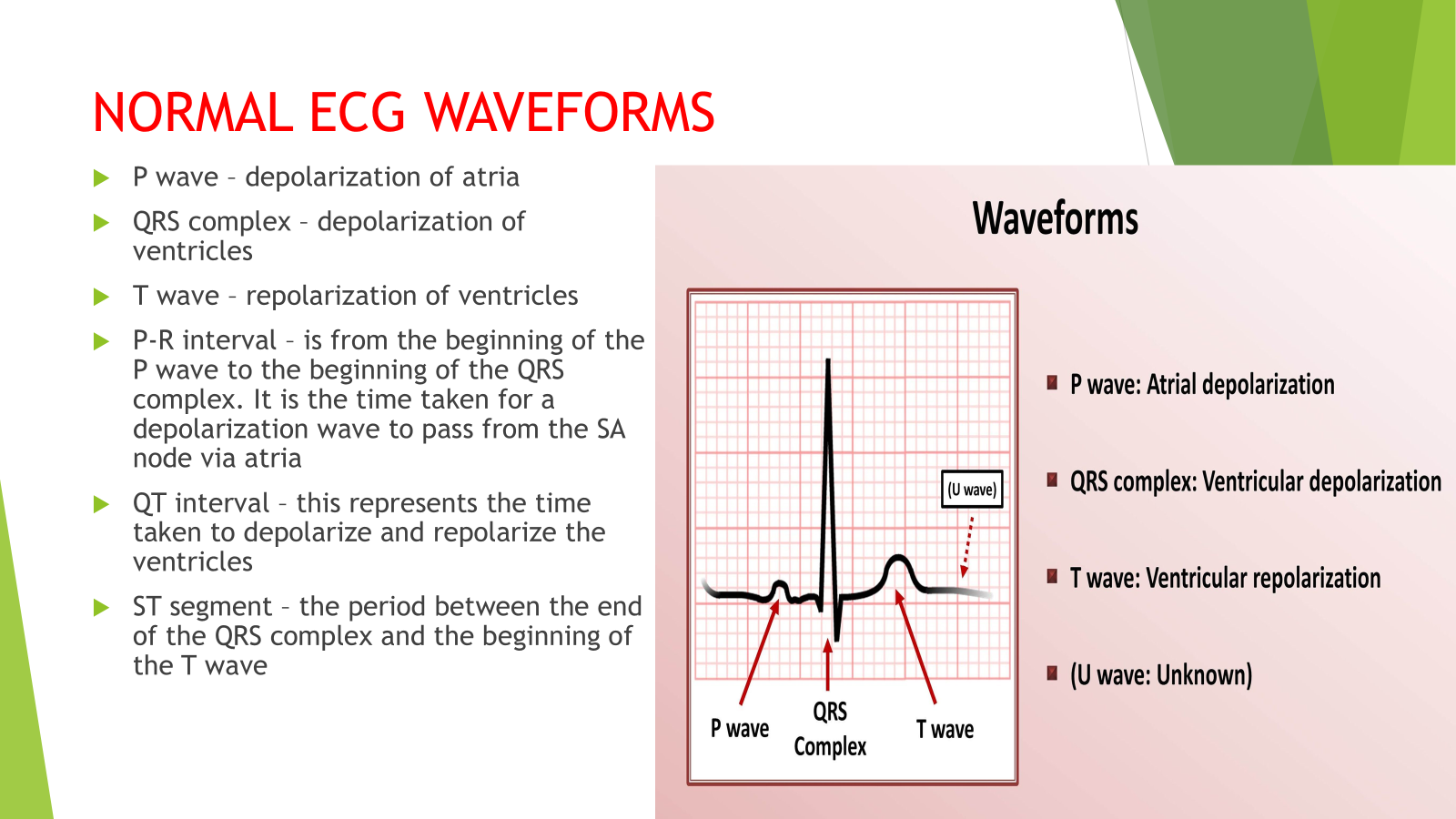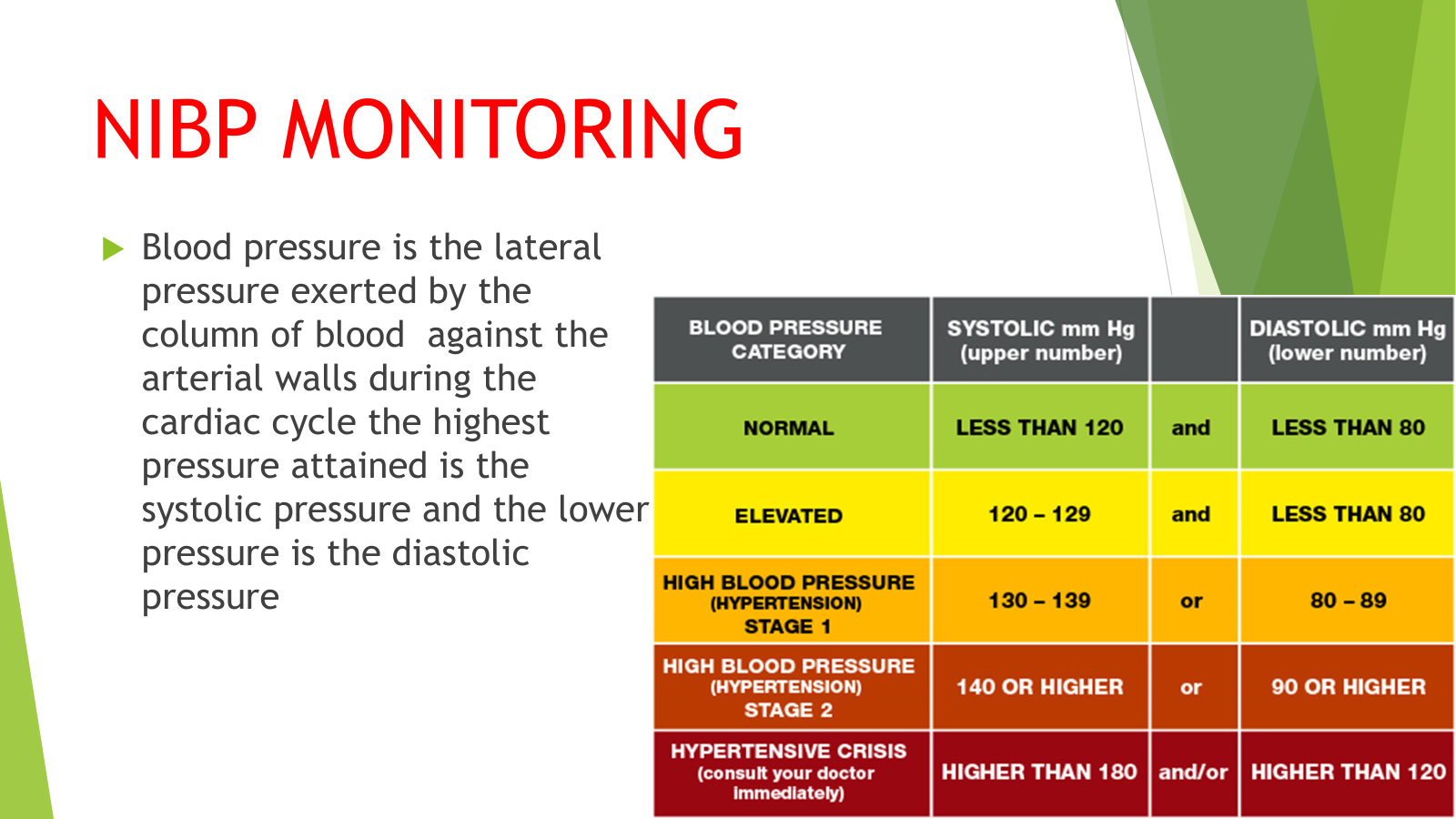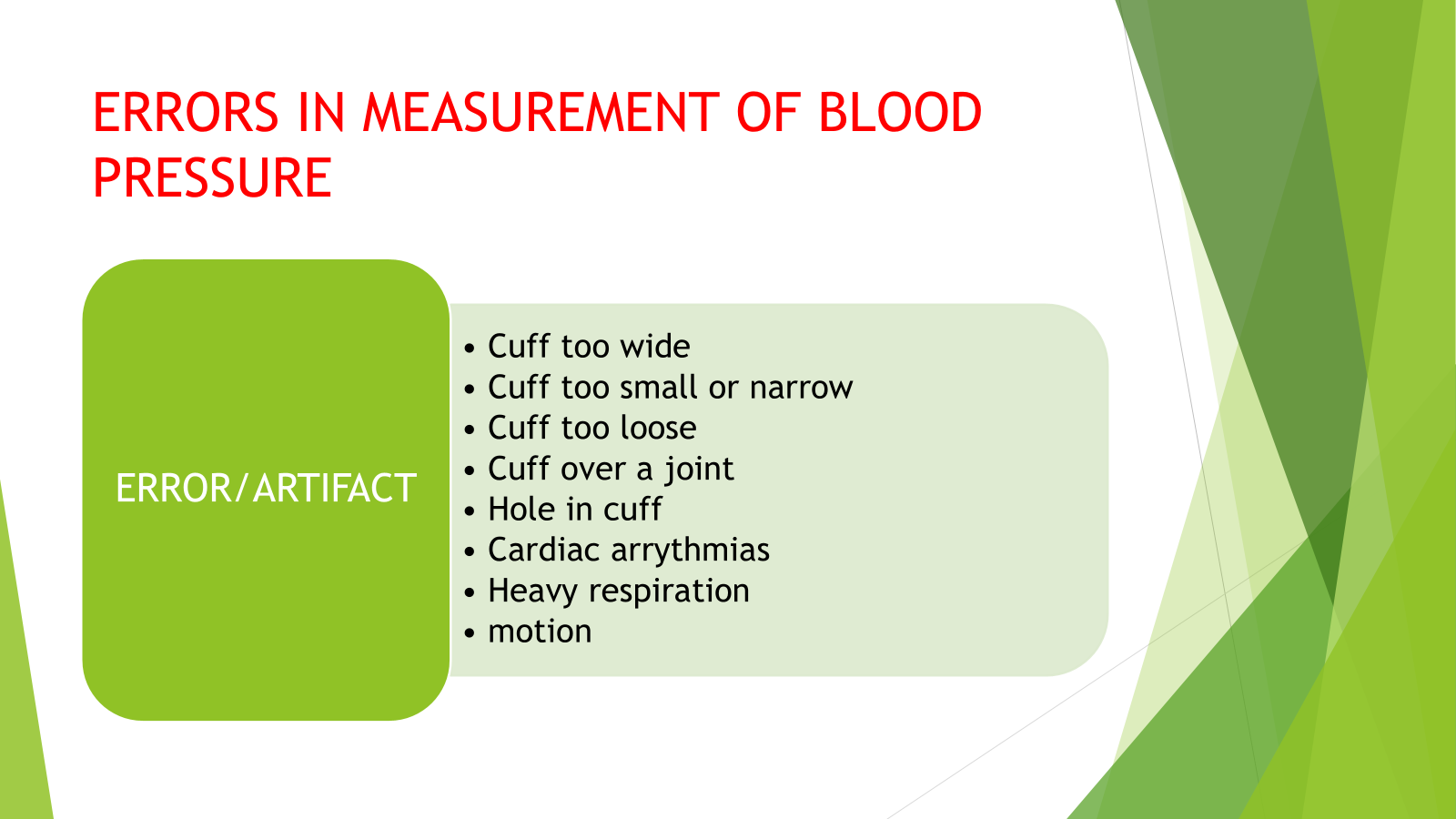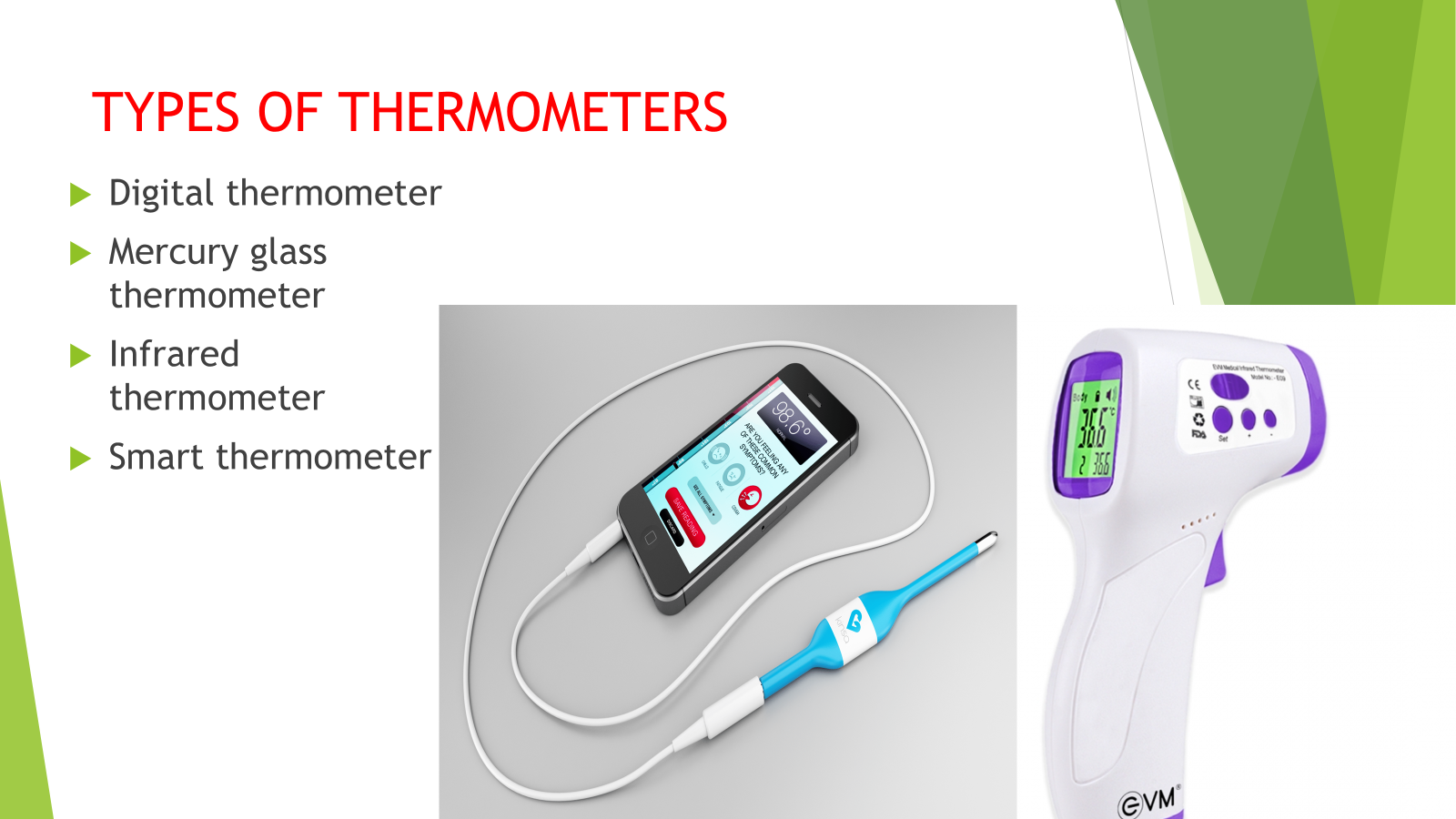Non-invasive monitoring refers to methods of observing and measuring physiological parameters without the need to physically penetrate the body (like through needles, surgery, or internal sensors). This approach is less risky, more comfortable, and often easier to perform than invasive monitoring techniques.
Some common examples of non-invasive monitoring include:
-
Heart Rate Monitoring: Devices like fitness trackers, smartwatches, and chest straps measure heart rate using sensors that detect changes in blood flow or electrical activity in the heart.
-
Blood Pressure Measurement: Traditional cuffs (like those used by doctors or at home with automatic devices) measure blood pressure externally, typically by detecting pressure changes in the arteries.
-
Oxygen Saturation (SpO2): Pulse oximeters use light sensors placed on a fingertip, earlobe, or other areas of skin to measure the oxygen level in the blood, without needing to draw blood.
-
Temperature Monitoring: Thermometers that measure body temperature are often non-invasive. Some wearable devices even continuously monitor temperature.
-
Electrocardiography (ECG): Certain wearable devices, like some smartwatches, provide ECG readings by detecting the electrical activity of the heart through sensors placed on the skin.
-
Blood Glucose Monitoring: Continuous glucose monitoring (CGM) systems are a bit more advanced and non-invasive, relying on skin patches or other sensors to measure glucose levels in the interstitial fluid.
-
Sleep Monitoring: Devices such as wearables or even smart mattresses monitor sleep stages and movements, using sensors to track your body's activity during rest.
The technology behind non-invasive monitoring is constantly evolving, with newer devices offering more accuracy and multi-parameter tracking in real-time, and offering users better insights into their health and wellness.some details are below put step by step for you
































